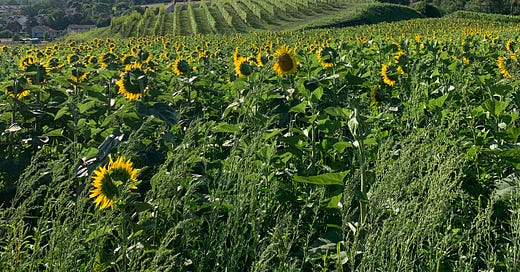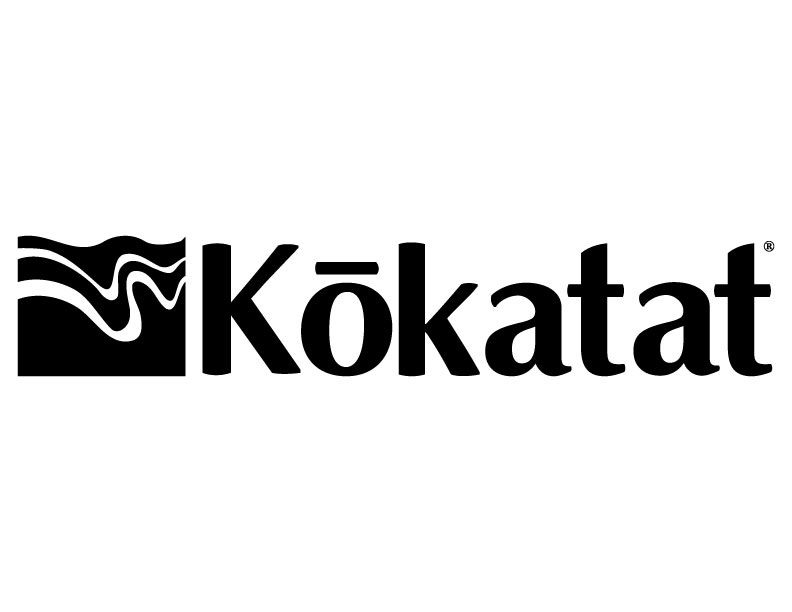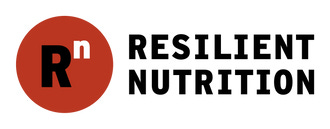“If the death was not a possibility, coming out (of the mountains) would be nothing. It would be kindergarten… but not an adventure, and not an art.”
- Reinhold Messner
NOTE: JUNE, 2023 - Since I wrote this post, I decided to invite some friends to paddle sections of the coast with me.
Annnd I finally got Covid. I’m fine, it’s like a bad cold. But a land-locked running and lake swimming week in Geneva has turned into a reading and sunbathing and recovery week.
Preparations for the lap have all been virtual as I study the Irish coast on Google Earth and watch mountain climbing documentaries on my laptop.
It turns out alpinism is one of the best sources of knowledge on how to plan and pull off an expedition like this. And I’ve noticed my fast sea kayaker friends, some of whom also climb mountains, often use climbing terms like “crux” and “exposure” to describe aspects of a kayak route.
Here’s a little more about how concepts from alpinism apply to solo expedition sea kayaking.
Note: I am in no way saying solo sea kayaking is anywhere near as dangerous or technical as solo alpinism, only that they share a common attitude towards risk. Stastically, sea kayaking is probably safer than horseback riding, while fatality rates among solo alpinists rival those of combat units in wartime.
“Solo” means more than “alone”
The number one question I get about The Lap is: “You’ll have a support boat following you, right?” Sometimes they ask if a van will meet me on shore like some cyclists…
The answer is “NO!”
Swimmers have support boats. Sea kayakers do not. Sea kayaks are built for seaworthiness and self-sustainment in almost any conditions.
In alpinism, “solo” doesn’t just mean on your own. It’s a way of climbing that involves traveling light, without the assistance of sherpas, porters, or fixed gear along the route.
This will be a “solo” trip in the alpinist sense of the word. I plan to “solo” Ireland. I will be unassisted, apart from weather routing advice and a few food resupplies along the way.
Soloing is the purist way to go. It also has the slimmest margin for error.
Consequence vs. risk
One of the key principles of safety and risk management is not to confuse risk and consequence. Risk is the probability of something happening. Consequence is the outcome if something happens.
The consequence of a fall from the Matterhorn is as high as it gets: you die. The risk of falling from the Matterhorn, for an experienced alpinist, is very low.
Doing The Lap safely means constantly evaluating consequence and risk. A surf landing on a sandy beach has a high risk of capsize. But the consequence of capsizing at a beach break is almost zero. It’s actually fun. Crossing a bay or traveling along sea cliffs, many miles from a safe landing, is low-risk but very high consequence.
Solo is a safety hack
An alpine-style climber recognizes that going without a rope increases the consequence of a fall but reduces the risk of being killed by an avalanche or falling serac by limiting time spent on exposed slopes.
A kayaker who paddles in the Irish summer wearing a cag instead of a drysuit has about 2 hours to live in the worst-case scenario of separation from the kayak. But the speed advantage of traveling fast & light makes it much less likely he or she will get caught out in conditions where that worst-case could even happen. As one Australian expedition kayaker put it, “speed equals safety.”
Thanks for reading,
-Charlie
Thank you to Mike Jones for coaching and guidance.
Kokatat is the official gear sponsor of The Lap.
The lap will be fueled by Resilient Nutrition’s Long Range Fuel and bars.
Expedition coffee by 3fe.








Great stuff, Charlie! These posts are a book in the making. I'm sure you don't need any other readings suggestions but I'll throw a couple at you anyway. On alpine and Himalayan mountaineering: "Les Conquerants de la Inutile." It's in English too, by Lionel Terray: https://www.ebay.com/itm/403460496240?chn=ps&norover=1&mkevt=1&mkrid=711-213727-13078-0&mkcid=2&itemid=403460496240&targetid=4581183927179145&device=c&mktype=&googleloc=&poi=&campaignid=418233787&mkgroupid=1241348861725295&rlsatarget=pla-4581183927179145&abcId=9300542&merchantid=51291&msclkid=71cc304203ad17bee467528bf2f9f86d/
And "Annapurna" by Maurice Herzong https://www.amazon.com/Annapurna-First-Conquest-000-Meter-Peak/dp/1599218933/ref=asc_df_1599218933?tag=bingshoppinga-20&linkCode=df0&hvadid=80745440604544&hvnetw=o&hvqmt=e&hvbmt=be&hvdev=c&hvlocint=&hvlocphy=&hvtargid=pla-4584345016421631&psc=1
Both GREAT!
Keep hammering, Charlie. You're our hero!
Sounds like Sea Kayaking makes you re-draw your mental map. Too easy to think of the Ranger who died unnecessarily in a guided commercial rafting trip in Deep Survival. Super motivating Charlie, keep your head on a swivel and keep a look out.